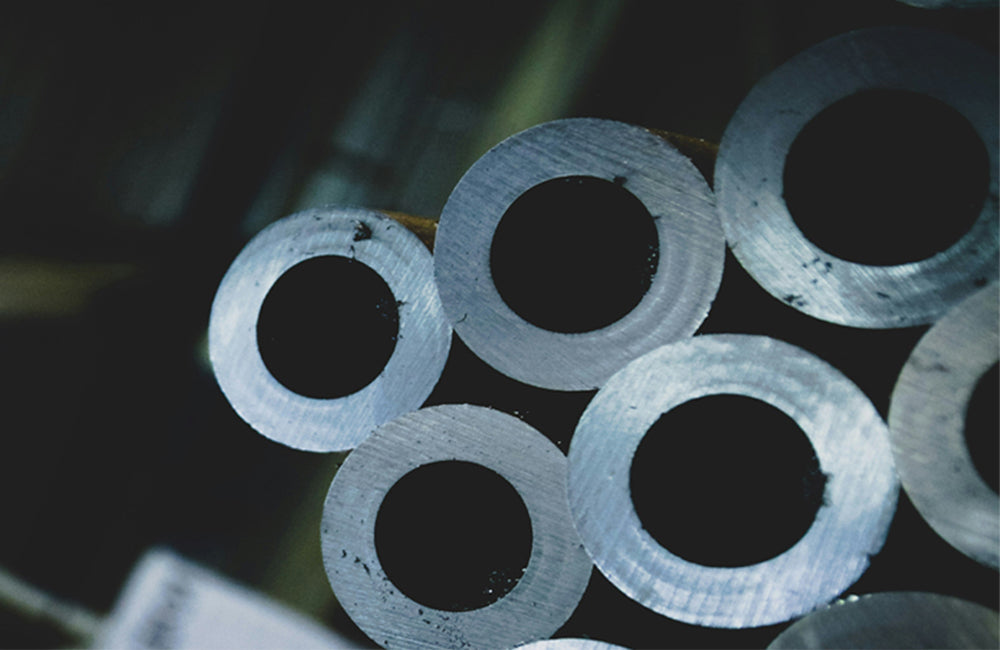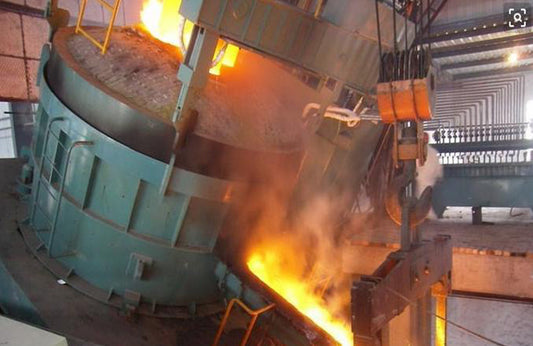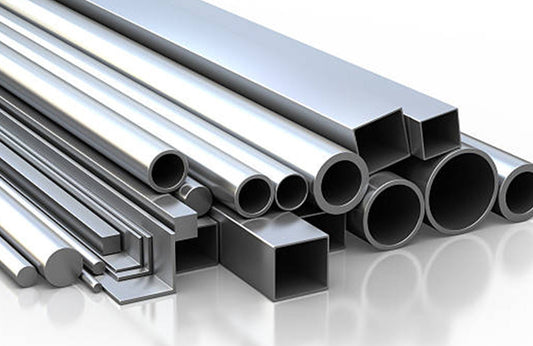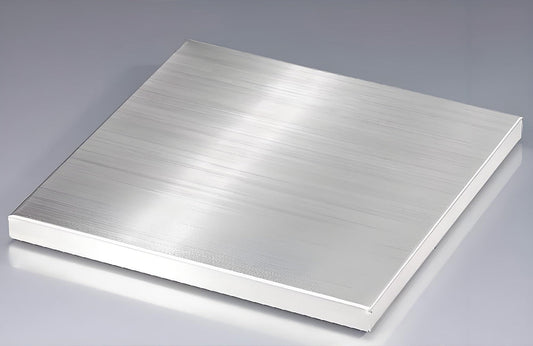
Stainless Steel Tubing vs. Pipe: What's the Difference?
Do you know the difference between stainless steel tubing and pipe in everyday use? Are you aware that understanding these differences can help reduce errors in your selection process? Whether you're working on a plumbing project, designing a piece of furniture, or involved in industrial manufacturing, distinguishing between these two materials is crucial. In this article, we’ll explore the key distinctions between stainless steel tubing and pipe, their specifications, common applications, and the factors to consider when choosing between them.
What is Stainless Steel Tubing?
Stainless steel tubing is a hollow section made from stainless steel, primarily used for structural and transport applications. Tubing is typically measured by its outer diameter (OD) and wall thickness, with common sizes ranging from 1/8 inch to 12 inches in diameter. Common thicknesses vary, with options like 0.020 inches to 0.500 inches. Stainless steel tubing is known for its strength, durability, and resistance to corrosion, making it an ideal choice for both industrial and commercial applications.
Common Applications of Stainless Steel Tubing:
- Automotive and Aerospace Components: Tubing is often used in exhaust systems, fuel lines, and other critical components due to its lightweight and high-strength properties.
- Medical Equipment: Stainless steel tubing is widely utilized in devices such as catheters and surgical instruments because of its hygienic qualities.
- Furniture and Architectural Applications: Tubing is popular in modern furniture designs and architectural frameworks due to its aesthetic appeal and structural integrity.
What is Stainless Steel Pipe?
Stainless steel pipe, on the other hand, is primarily used for the transport of liquids and gases. Pipes are typically measured by their nominal pipe size (NPS) and schedule, with common sizes ranging from 1/8 inch to 24 inches in diameter. The wall thickness varies according to the schedule, which can range from Schedule 10 to Schedule 160. Stainless steel pipes are known for their ability to withstand high pressures and are commonly used in various industrial applications.
Common Applications of Stainless Steel Pipe:
- Plumbing Systems: Stainless steel pipes are used to transport water and other fluids in residential and commercial plumbing systems.
- Oil and Gas Industry: Pipes are often utilized in the extraction and transportation of oil, gas, and other chemicals due to their durability and resistance to corrosion.
- Food and Beverage Processing: Stainless steel pipes are essential in food processing plants for sanitary transport of liquids.
Key Differences Between Stainless Steel Tubing and Pipe
-
Measurement:
- Tubing: Measured by outer diameter (OD) and wall thickness, with sizes that can be more precise and tailored to specific applications.
- Pipe: Measured by nominal pipe size (NPS) and schedule, with the internal diameter (ID) being more significant in determining the flow capacity.
-
Thickness and Strength:
- Tubing: Generally has thinner walls and is designed for structural applications where strength and weight are critical.
- Pipe: Often has thicker walls to withstand higher pressures, making it suitable for conveying fluids and gases.
-
Flexibility and Formability:
- Tubing: More flexible and easier to bend or shape, making it suitable for intricate designs and applications.
- Pipe: Less flexible, as it is designed for straightforward connections and flow paths.
-
Cost:
- Tubing: Usually more expensive than pipe on a per-foot basis due to the precision required in manufacturing.
- Pipe: Generally more cost-effective for applications that require larger quantities.
Choosing Between Stainless Steel Tubing and Pipe
When deciding whether to use stainless steel tubing or pipe for your project, consider the following factors:
- Application: If your project involves transporting fluids or gases, stainless steel pipe is likely the better option. For structural applications or where aesthetics are important, tubing may be preferable.
- Pressure Requirements: Consider the pressure levels the material will encounter. Pipes are designed for high-pressure applications, while tubing is better suited for lower-pressure scenarios.
- Budget: Assess your budget and determine which material provides the best balance between cost and performance for your specific needs.
Conclusion
In summary, while both stainless steel tubing and pipe serve important functions in various industries, they are designed for different applications and possess distinct characteristics.
You need to make a choice based on your application and budget, if you are not clear about how to choose, or want to know more about stainless steel products, Don't hesitate to contact us now.



